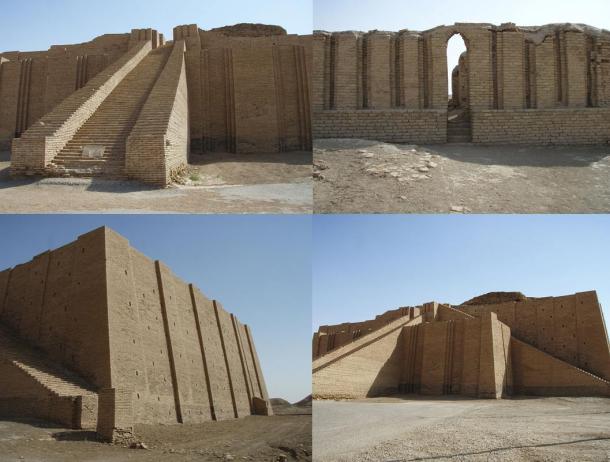The Cradle of Civilization
The Sumerians were the first known people to settle in Mesopotamia over 7,000 years ago. Located in the southernmost part of Mesopotamia between the Tigris and Euphrates rivers (modern day Iraq), Sumer was often called the cradle of civilization. By the 4th millennium BC, it had established an advanced system writing, spectacular arts and architecture, astronomy and mathematics. The Akkadians would follow the Sumerians, borrowing from their culture, producing a new language of their own, and creating the world’s first empire.
The origin of the Sumerians remains a mystery till this day. They called themselves Saggiga (the “black-headed” or “bald-headed ones”) and their country, Kengi (“civilized land”). Some believe they came from around Anatolia or modern day Turkey. Others suggest they might have come from India and were Caucasian in origin. They were established in southern Babylonia, in what is now Iraq, by at least 3500 BC.
Located in what the ancient Greeks called Mesopotamia, meaning “the land between the rivers,” Sumer was a collection of city-states or cites that were also independent nations, some of which endured for 3,000 years. Beginning around 3500 BC, the Sumerians began to build walled cities, including Ur, the capital of the civilization. Each of these cities contained public buildings, markets, workshops, and advanced water systems, and were surrounded by villages and land for agriculture. Political power originally belonged to the citizens, but as rivalry between the various city-states increased, each adopted the institution of kingship.
Each city-state was believed to be under the rule of a local god or goddess and their temples dominated the towns architecture. The most famous temple, the Ziggurat of Ur was a three-storied, 15m (49 ft) high building constructed from mud bricks in the form of pyramidal graduated terraces. It formed a complex of temples and included the royal palace. On top of the structure was a shrine dedicated to the god of that city.

Photos taken of the Temple of Ziggurat of Ur, by Kaufingdude, 2007. (Wikimedia Commons)
The Sumerians were among the first known cultures to develop many benchmarks that are used to define a “civilization”. They are credited with the establishing codes of law, the plow, the sailboat, and a lunar calendar. They also developed a numerical system, based on the number 60 that is still used to measure seconds and minutes. However, probably the most famous legacy is their writing system. The Sumerians devised one of the earliest writing system known as cuneiform or wedge-shaped symbols. The earliest known cuneiform inscriptions were found in the lower Tigris-Euphrates Valley in what is now southeastern Iraq and date from about 3,000 BC. Writers made the symbols by pressing a pointed instrument called a stylus into wet clay tablets.
The tablets were then dried in the sun to preserve the text. Hundreds of thousands of these tablets have survived, providing a window into Sumerian culture, economy, law, literature, politics, and religion. Their writing system would influence the style of scripts in the region for the next 3,000 years.
While the cuneiform writing system was created and used at first only by the Sumerians, it didn’t take long before neighboring groups adopted it for their own use. By 2,500 BC, the Akkadians, a Semitic-speaking people that dwelled north of the Sumerians, starting using cuneiform to write their own language. However, it was the ascendency of the Akkadian dynasty in around 2,300 BC that positioned Akkadian over Sumerian as the primary language of Mesopotamia. While Sumerian did experience a short revival, it eventually became a dead language used only in literary contexts. Akkadian would continue to be spoken for the next two millennium and evolved into later forms known as Babylonian and Assyrian.
Leave a Reply